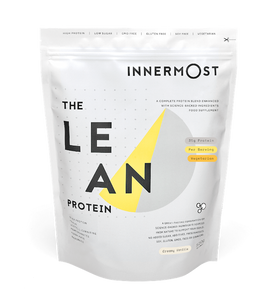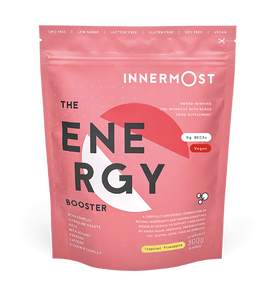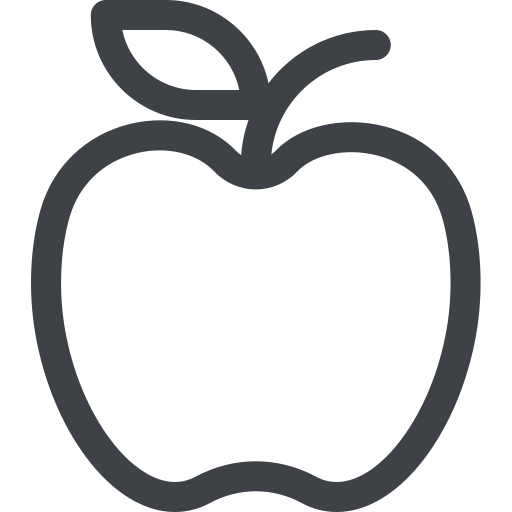Vibration or ‘power plates’ are commonly met with a healthy dose of scepticism. And to be fair, standing on a plate and shaking, at first, doesn’t sound like the most effective method of exercise. What most people aren’t aware of, however, is that vibration plates were developed over 50 years ago by Russian cosmonauts to prevent the loss of muscle mass in space. They continue to be used to this day in space missions, even by NASA. If vibrating plates are good enough to be used on spaceships, then perhaps they’re good enough for the gym.
Innermost is here to investigate the benefits of using vibration plates (on Earth). We’ll answer all your burning questions including: What is a power plate? What does a power plate do? Do power plates work? And how do I use a power plate?
What is a power plate? How do they work?
A vibration plate (often called a ‘power plate’) is an exercise machine that sends high-speed vibrations through the entire body. This stimulates your muscles to automatically contract up to 30-50 times more per second than usual. To maximise stimulation, vibration plates move in multiple directions simultaneously – up and down, left and right, front and back. As your body naturally attempts to stabilise itself against the shaking, it engages lots of muscles (many of which aren’t engaged during conventional exercise). And since this stabilisation occurs automatically, you hardly feel it.
8 benefits of vibration plates
Ok, so new muscles are engaged a lot more than usual. That sounds great. But what are the actual benefits of power plate exercise?
Your muscles are working harder, so it takes less time to reach the same goals, cutting down on your workout time. Remedial therapist and Power-Plate specialist trainer Mark Andrews call power plates “the microwave of fitness”.
Power plate exercise is considered low impact, making it suitable for all ages and fitness levels. It is also low impact on joints and ligaments – making it a great form of exercise for people who want to ease into exercise – for example, if you’re a bit older or
recovering from an injury.
Power plates are a fat burn booster, but at the end of the day, the most proven method for fat-loss is correct nutrition and a calorie deficit. Innermost also offers nutritional supplements for healthy and sustainable fat-loss including
The Lean Protein,
The Define Booster and
The Tone Capsules.
- Muscle strength and toning benefits
Since so many muscle groups are working at the same time and 30-50 times more than usual, your muscles will strengthen and tone even from just standing on a power plate.
Vibration plates can be used as a massage tool, which increases circulation in the massaged body parts.
- Increase core strength, stability, and balance
All exercises on a vibration plate forces your body to engage its core to balance and stabilise. Certain exercises such as press-ups or planks (see 5 power plate exercises below) amplify this benefit even more.
According to the International Journal of Sports Physiology and Performance, using a power plate when stretching (before or after a workout) is more effective than stretching alone.
If you’re working from home, too far from a gym, or simply enjoy the convenience of
home workouts, you can purchase a power plate to use in the house. A
personal power plate and
power plate move are both relatively compact pieces of equipment so can fit easily into your home.
How do I use a power plate? 5 power plate training exercises
Get onto the floor and place your forearms onto the power plate. Gently move your knees away from the power plate until your back is completely straight. When you feel confident, have only your toes touching the floor and lift your knees off the ground. Hold for 30 seconds.
Similar to the plank, except your hands are on the power plate, shoulder-width apart with your arms out-stretched and locked at the elbows. Again, your back is straight, and you can start with your knees on the floor. When you are confident you can lift your knees off the floor and have just your toes touching the floor. Hold for 30 seconds. If you can, gently bend your elbows to bring your body down close to the power plate and then straighten your elbows again to bring your body back up – congratulations you’ve just done a press-up on a power plate!
Sit in the centre of the vibration plate. Place your hands behind you on the edge of the power plate and bend your elbows to help you gently lean back. As you lean back, lift your legs off the ground to counter-balance yourself. The lower half of your legs (below the knee) should be parallel to the floor. Hold for 30 seconds.
Stand on the power plate with feet shoulder-width apart and toes facing forward. Using out-stretched arms that are parallel to the floor to balance you, gently bend your knees to bring your body down. Hold for 30 seconds. Then gently straighten your knees again to go back up. Keep your back straight at all times.
Stand one ‘stride’ (long-step) away from the power plate. Then, with one leg, take one long step onto the power plate, keeping your toes forward. Gently bend the leg that is on the power plate at the knee, keeping the other leg straight at all times (you should really feel a stretch in the straight leg). Hold for 30 seconds. Then step off the power plate and change legs (i.e. if you stepped with your left leg first, now step with your right leg).
So there you have it, a power plate is a space-age exercise machine that boasts lots of fitness benefits. If you’re looking to level up your exercise routine then this is a great option for you. Next time you’re in a gym give it a go, you might be pleasantly surprised!
Sources:



















